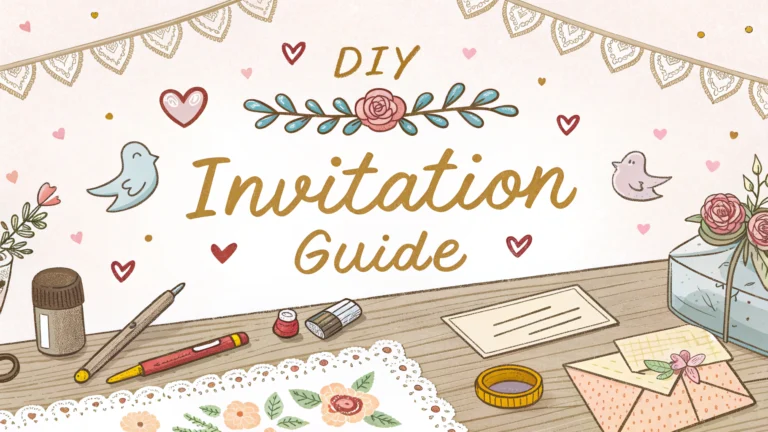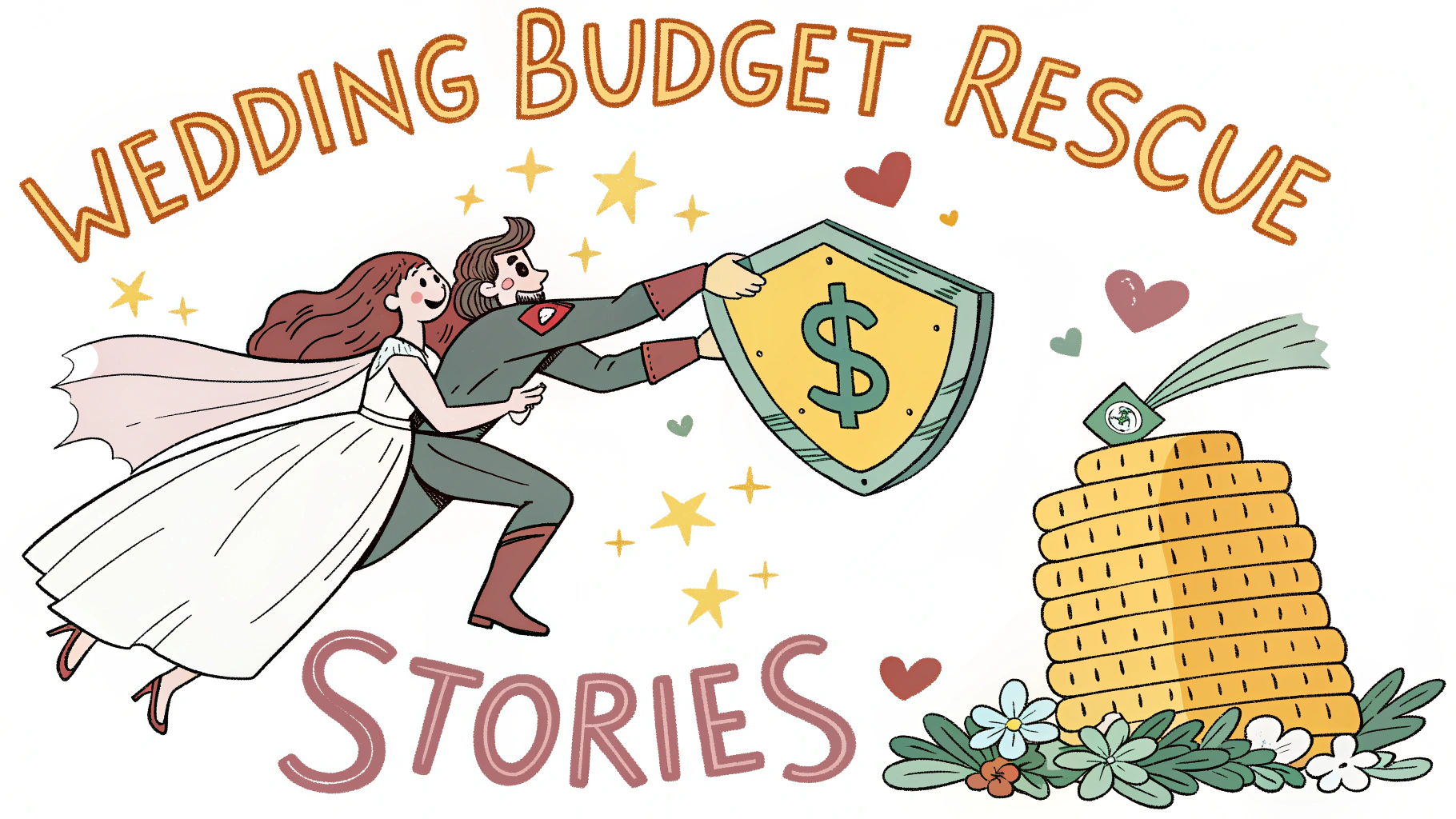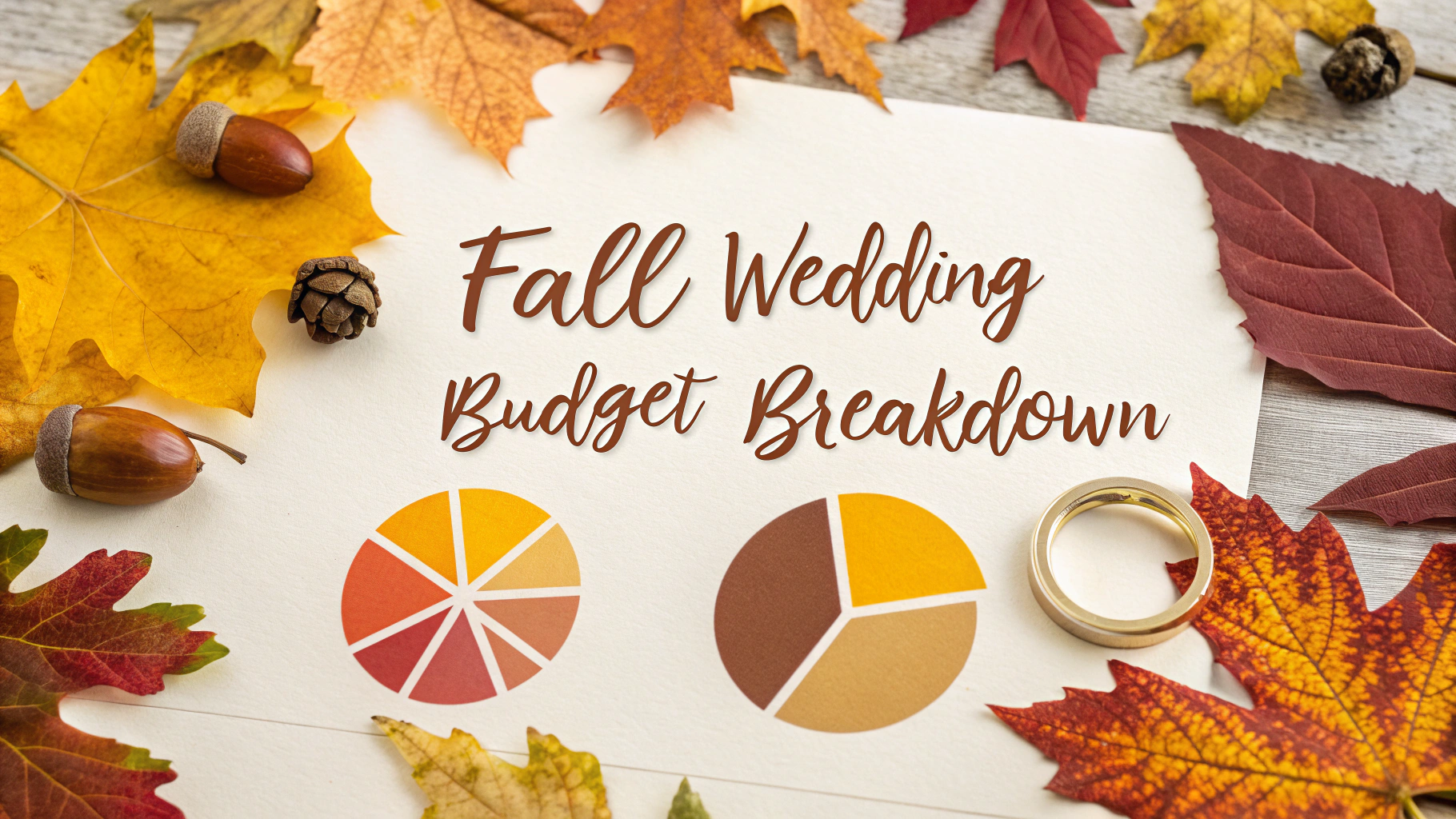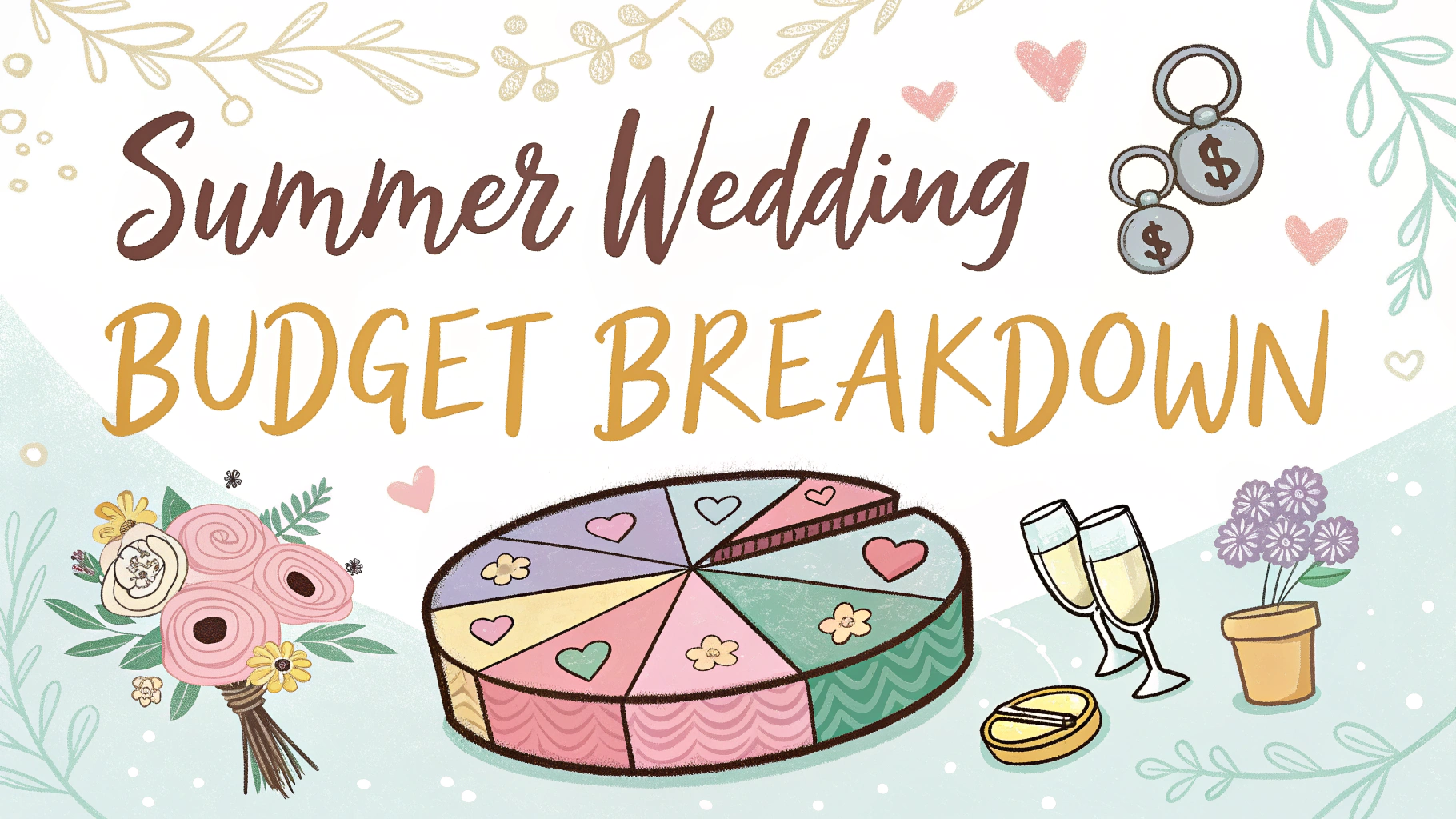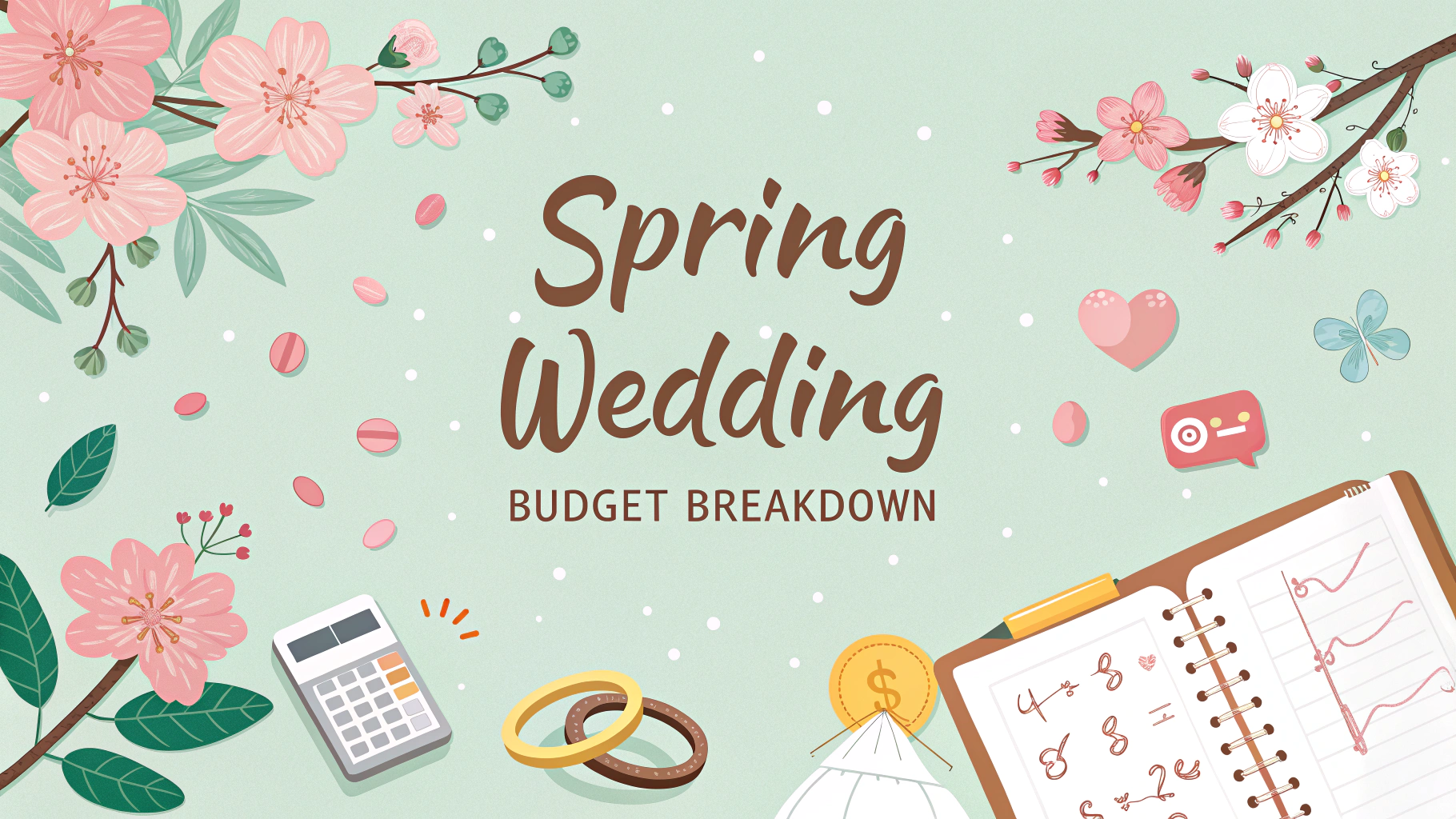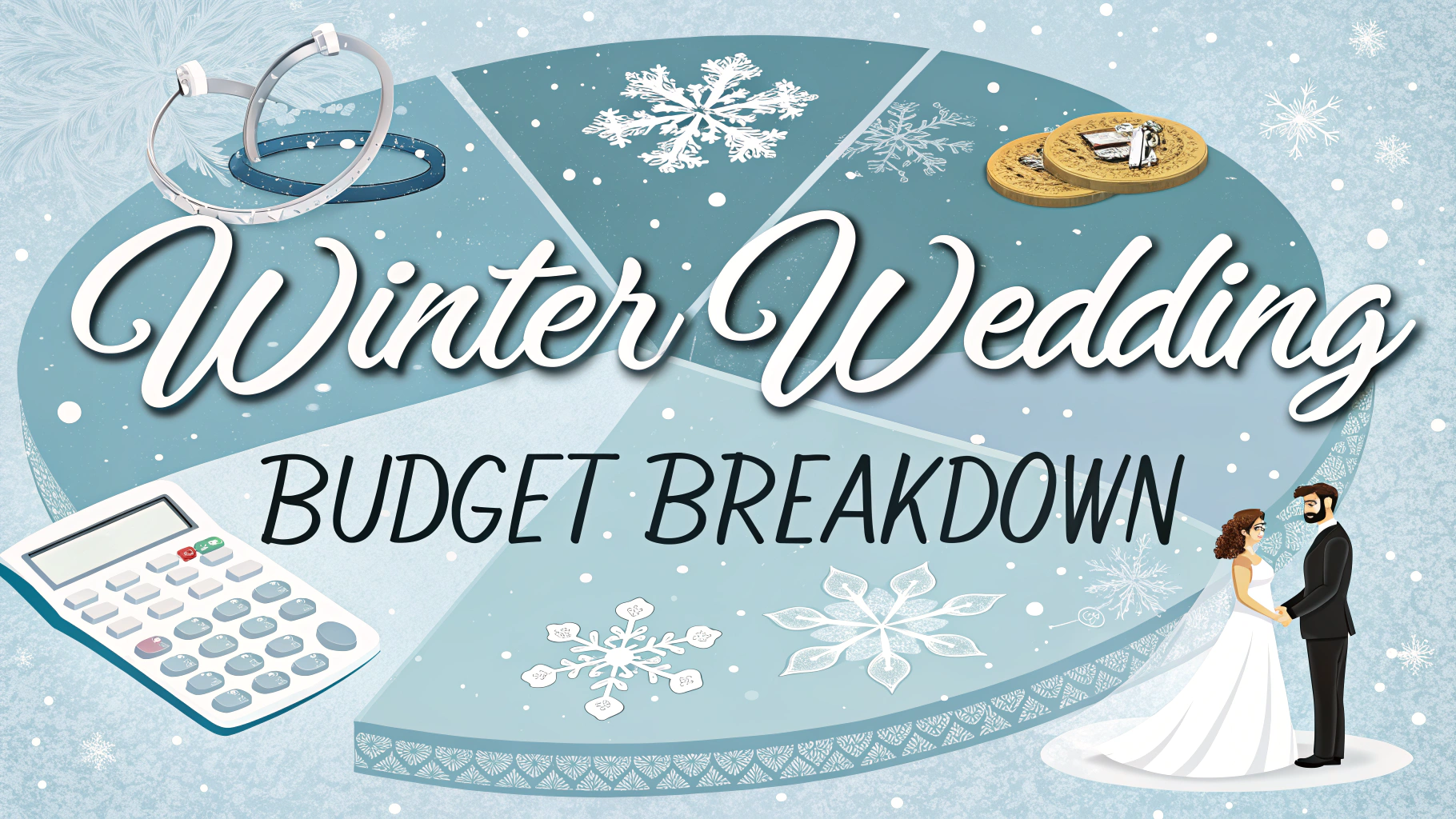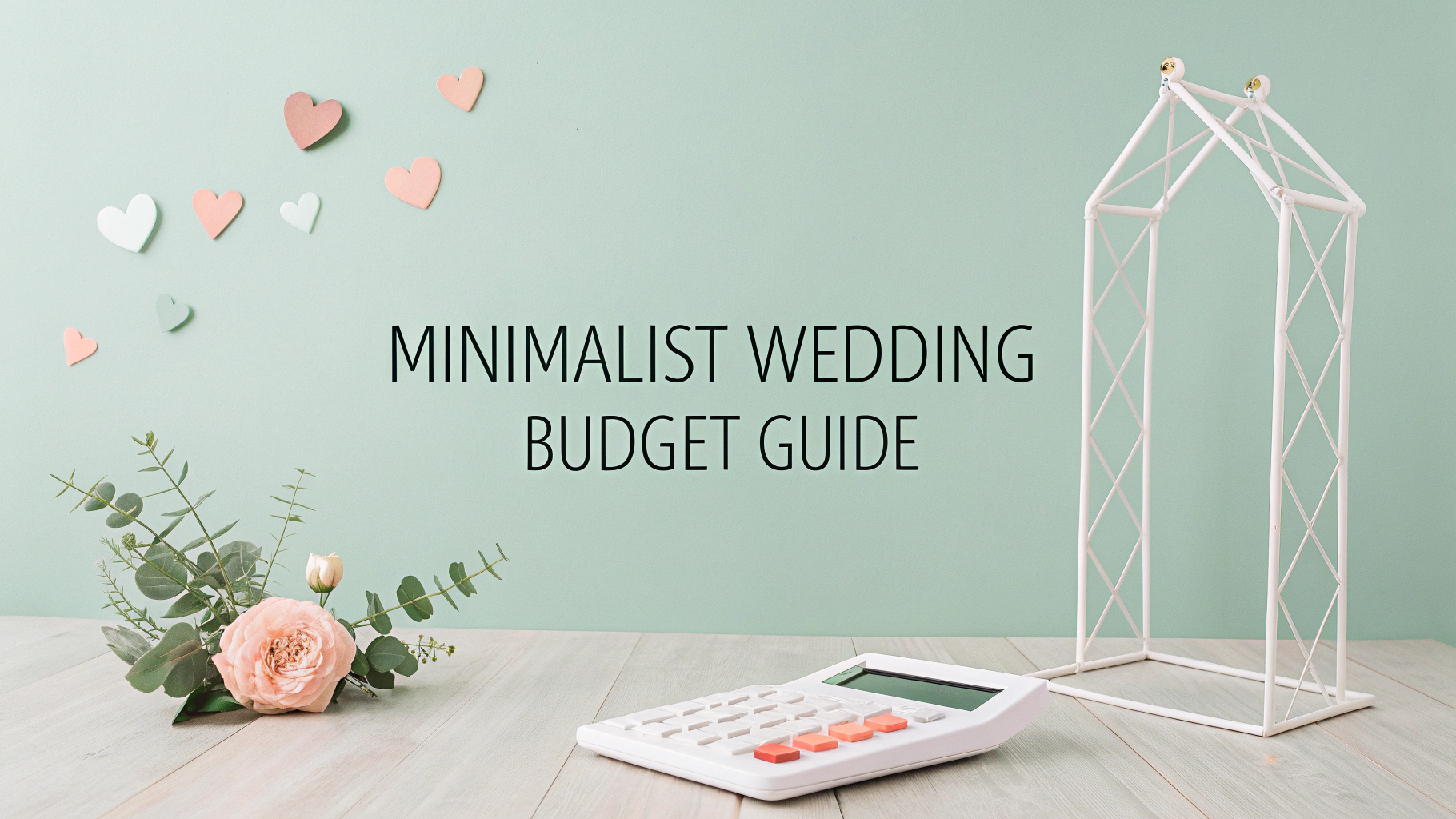Creating your own wedding invitations can save significant money while adding a personal touch to your special day.
This DIY wedding invitation guide will help you craft beautiful invitations that match your style and budget.
Essential Materials
- Card stock (110-130 lb weight recommended)
- Quality printer or printing service
- Paper cutter or scissors
- Adhesive (double-sided tape or glue)
- Envelopes
- Embellishments (optional)
Cost Breakdown
| Item | Approximate Cost (100 invitations) |
|---|---|
| Card stock | $20-40 |
| Envelopes | $15-30 |
| Printing | $30-50 |
| Embellishments | $20-100 |
Design Tips
- Font Selection: Choose no more than two complementary fonts
- Color Scheme: Stick to 2-3 colors that match your wedding theme
- White Space: Leave adequate margins and spacing between elements
- Test Print: Always print samples before committing to the full batch
Time-Saving Tips
Start the DIY process at least 4-6 months before the wedding date.
Consider using online design tools like Canva or Adobe Express for professional-looking templates.
Order 15-20% extra supplies to account for mistakes and last-minute additions.
Money-Saving Strategies
- Buy materials in bulk during craft store sales
- Use digital RSVPs to reduce reply card costs
- Print at home for maximum cost control
- Choose simple designs that require fewer materials
Common Mistakes to Avoid
- Forgetting to proofread multiple times
- Not ordering sample materials first
- Waiting until the last minute to start
- Skipping the test prints
Most craft stores like Michaels, Joann Fabrics, and Hobby Lobby offer periodic sales on wedding supplies.
Professional Printing Options
- Staples: Budget-friendly, quick turnaround
- VistaPrint: Good quality, frequent sales
- Moo: Premium quality, higher price point
Request samples from printing services to compare paper quality and color accuracy before placing a large order.
Assembly Tips
- Create an assembly line system
- Invite friends to help (make it a party)
- Work in small batches to maintain quality
- Keep a clean workspace to protect materials
Store completed invitations flat in a cool, dry place until ready to mail.
Mailing Considerations
- Weigh a completed invitation at the post office
- Consider extra postage for square or heavy invitations
- Hand-cancel invitations to prevent damage
- Mail a test invitation to yourself first
Special Touches
Envelope Addressing
- Consider hiring a calligrapher
- Use address printing services
- Practice hand-lettering techniques
- Create digital calligraphy with tablet devices
Personalization Ideas
- Wax seals
- Custom stamps
- Ribbon or twine wrapping
- Personalized maps or details cards
Timeline Checklist
- 6 months: Order supplies and start design process
- 4 months: Finalize design and begin printing
- 3 months: Start assembly process
- 8-10 weeks: Mail invitations
- 6-8 weeks: Track RSVPs
Eco-Friendly Options
- Use recycled paper products
- Choose soy-based inks
- Minimize packaging materials
- Consider paperless RSVPs
Conclusion
DIY wedding invitations offer a perfect blend of personalization and cost savings. With proper planning, quality materials, and attention to detail, you can create beautiful invitations that set the tone for your special day. Remember to start early, stay organized, and enjoy the creative process. The effort invested in handcrafting your invitations will result in unique keepsakes that you and your guests will treasure.
FAQs
1. What are the basic supplies needed for DIY wedding invitations?
The essential supplies include cardstock, envelopes, printer or calligraphy tools, cutting tools, adhesives, decorative elements (ribbons, lace, wax seals), and design software if creating digital designs.
2. How much money can I save by making my own wedding invitations?
DIY wedding invitations typically cost $0.50-$3.00 per invitation, compared to $5-$8+ for professional invitations, potentially saving 40-70% on invitation costs.
3. How far in advance should I start making DIY wedding invitations?
Begin 4-6 months before the wedding date, allowing time for design, assembly, addressing, and mailing. Send invitations 6-8 weeks before the wedding.
4. What paper weight is best for DIY wedding invitations?
Use 80-120 lb cardstock for the main invitation and 60-80 lb paper for inserts. Heavier paper (120 lb) provides more durability and a luxurious feel.
5. Which printing method is most cost-effective for DIY invitations?
Digital printing using a high-quality home printer or local print shop is most cost-effective. Laser printing works better than inkjet for preventing smudging.
6. How do I calculate the correct number of invitations to make?
Count households rather than guests, add 15-20% extra for mistakes and last-minute additions, and include extras for keepsakes.
7. What are the essential elements to include on a wedding invitation?
Include hosts’ names, couple’s names, date, time, venue, reception details, RSVP instructions, and dress code if applicable.
8. How can I prevent common DIY invitation mistakes?
Double-check spelling, proofread multiple times, test print several samples, verify postage requirements, and assemble one complete invitation before mass production.
9. What are the postage considerations for DIY wedding invitations?
Weigh a completed invitation set at the post office, consider thickness and unusual shapes that may require additional postage, and factor in return postage for RSVP cards.
10. Which DIY invitation designs work best for beginners?
Simple flat card designs, single-layer invitations, digital printing on quality paper, and minimal embellishments are most suitable for beginners.
